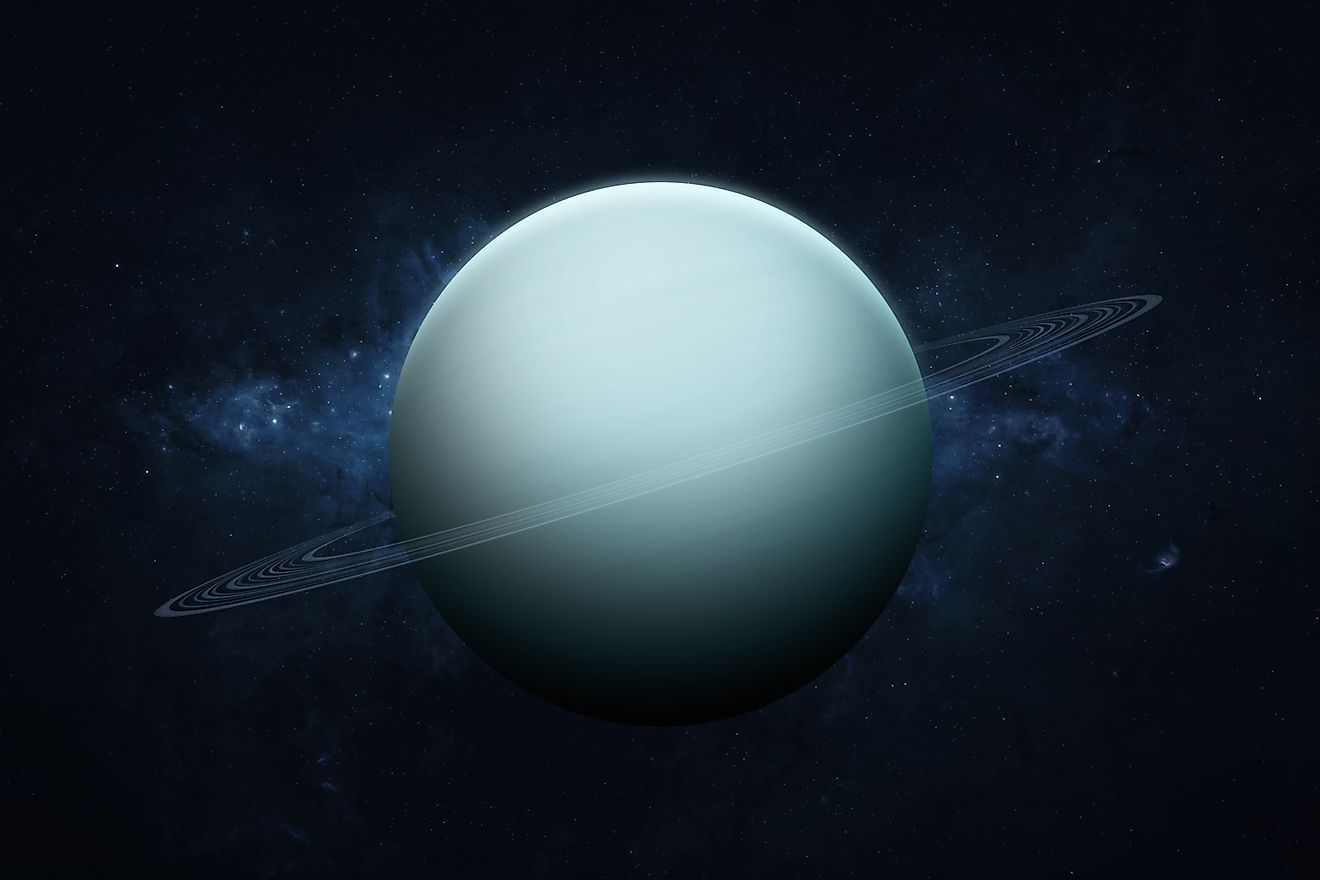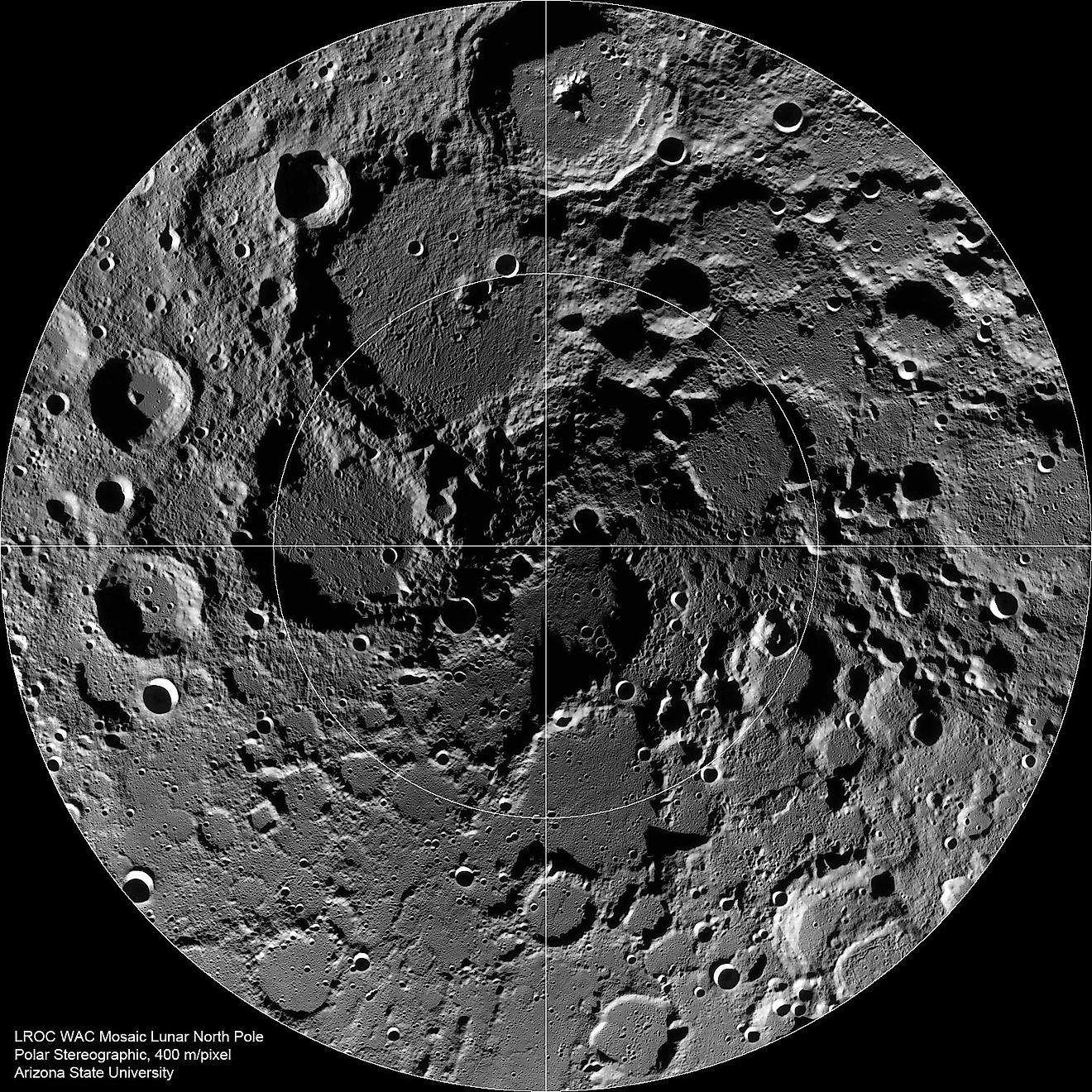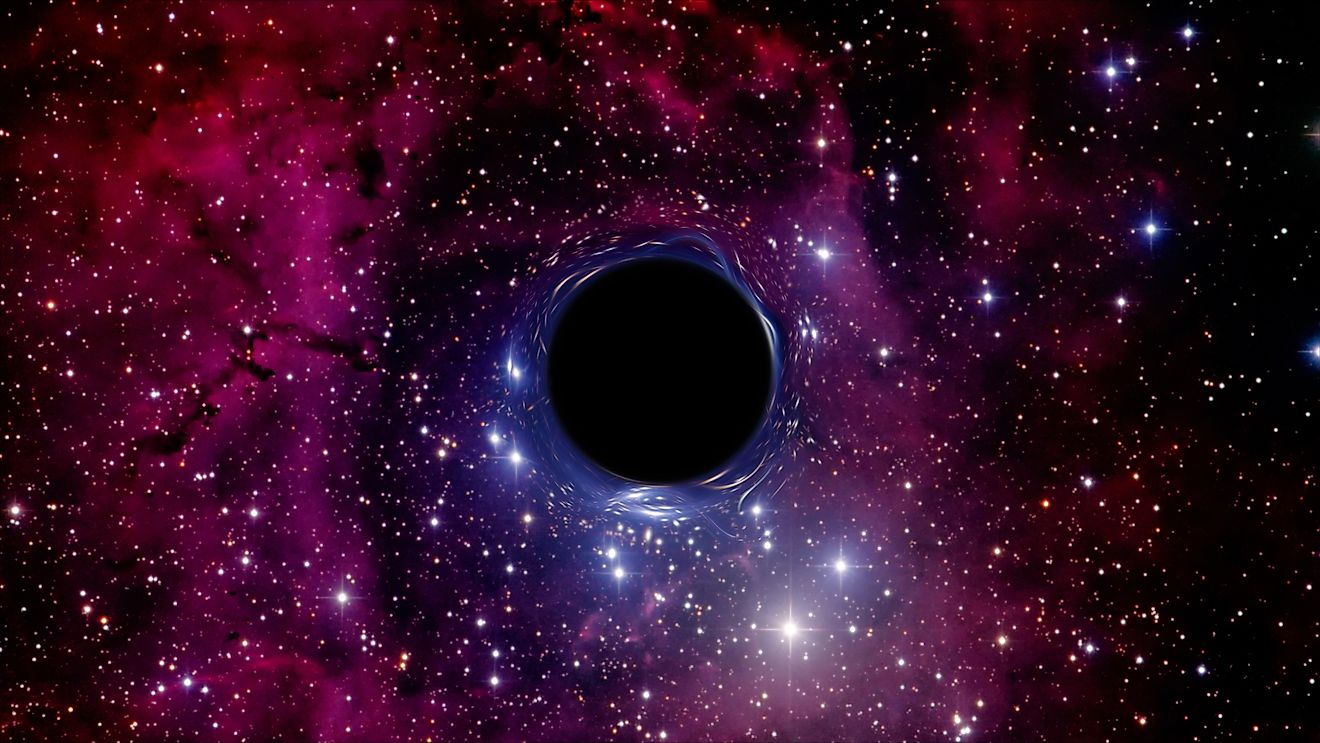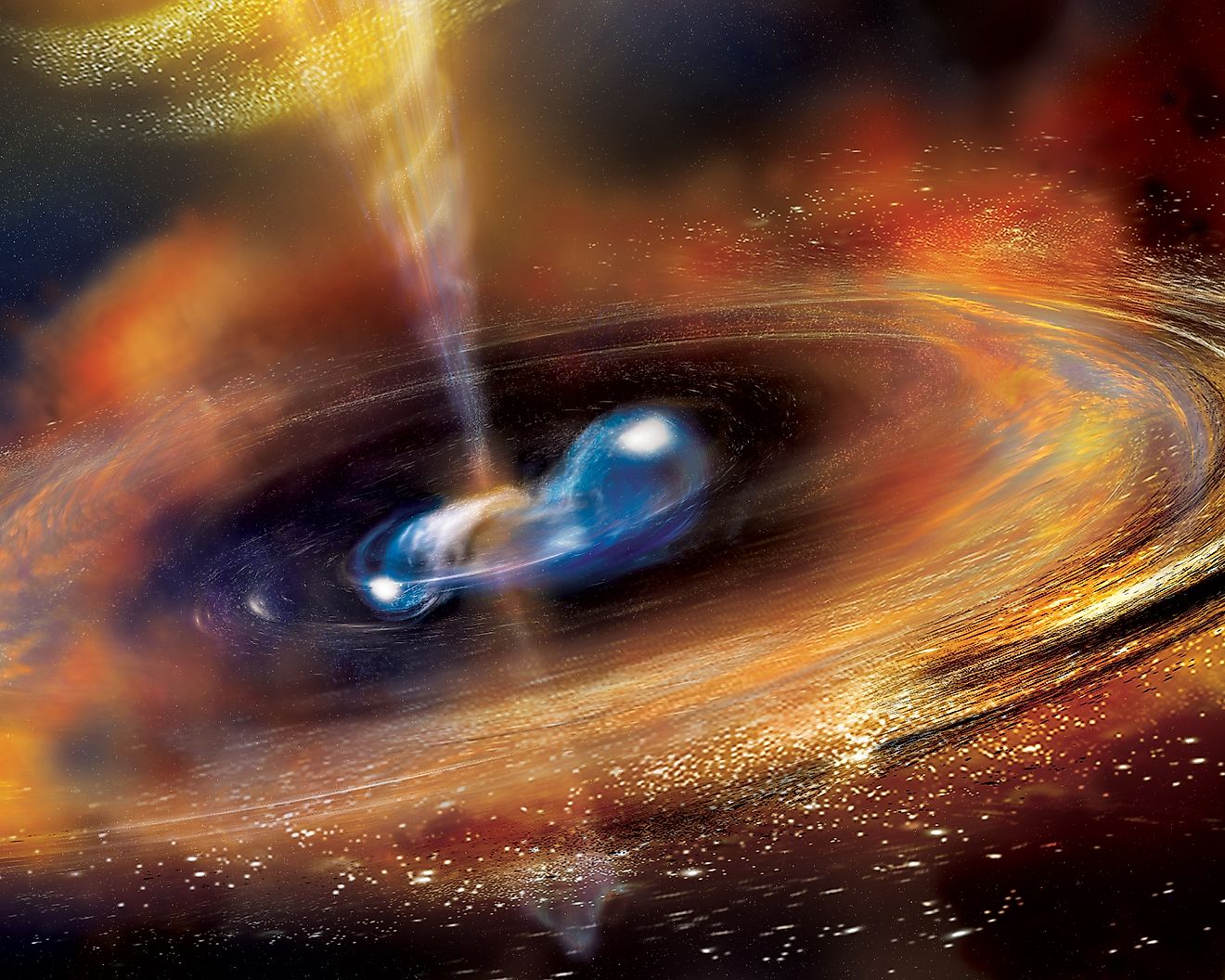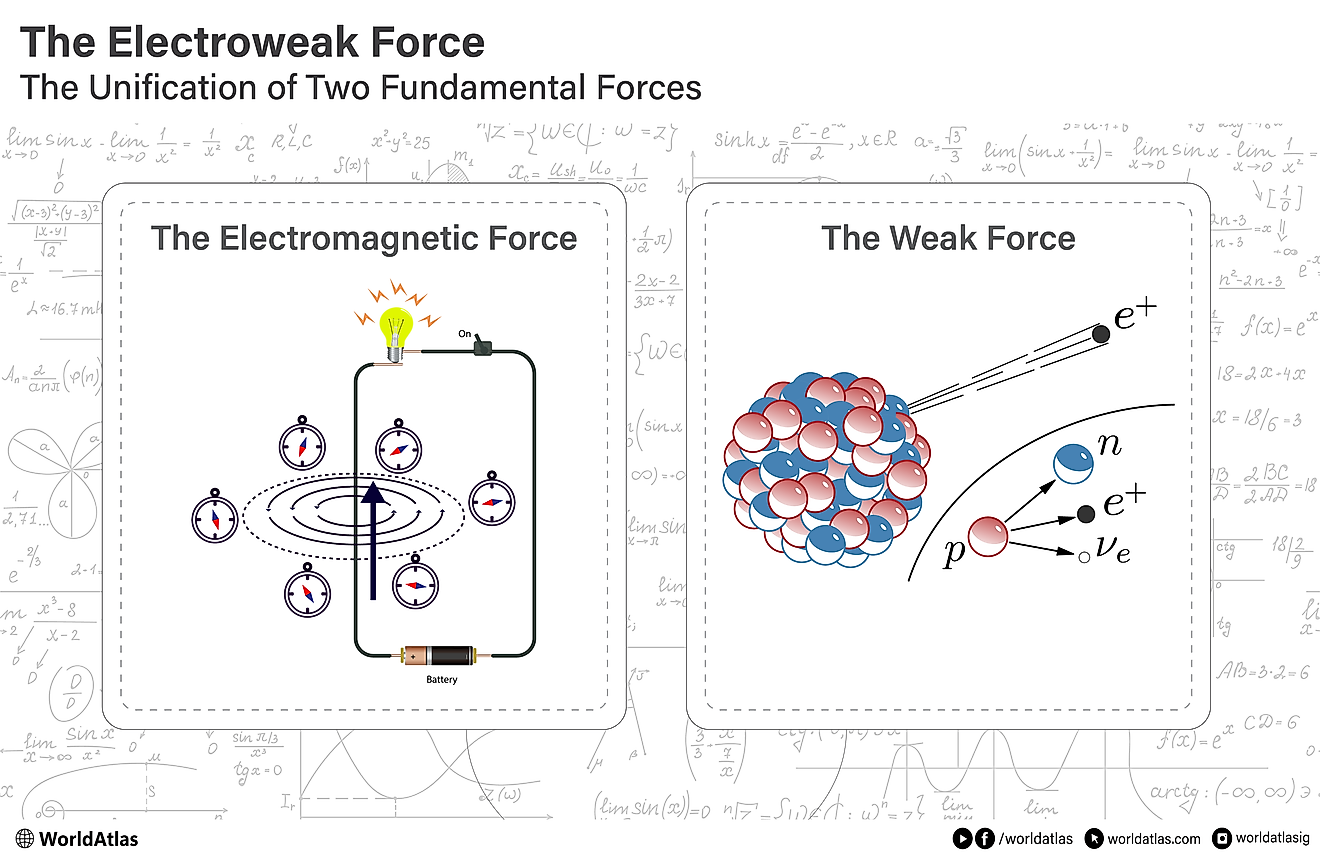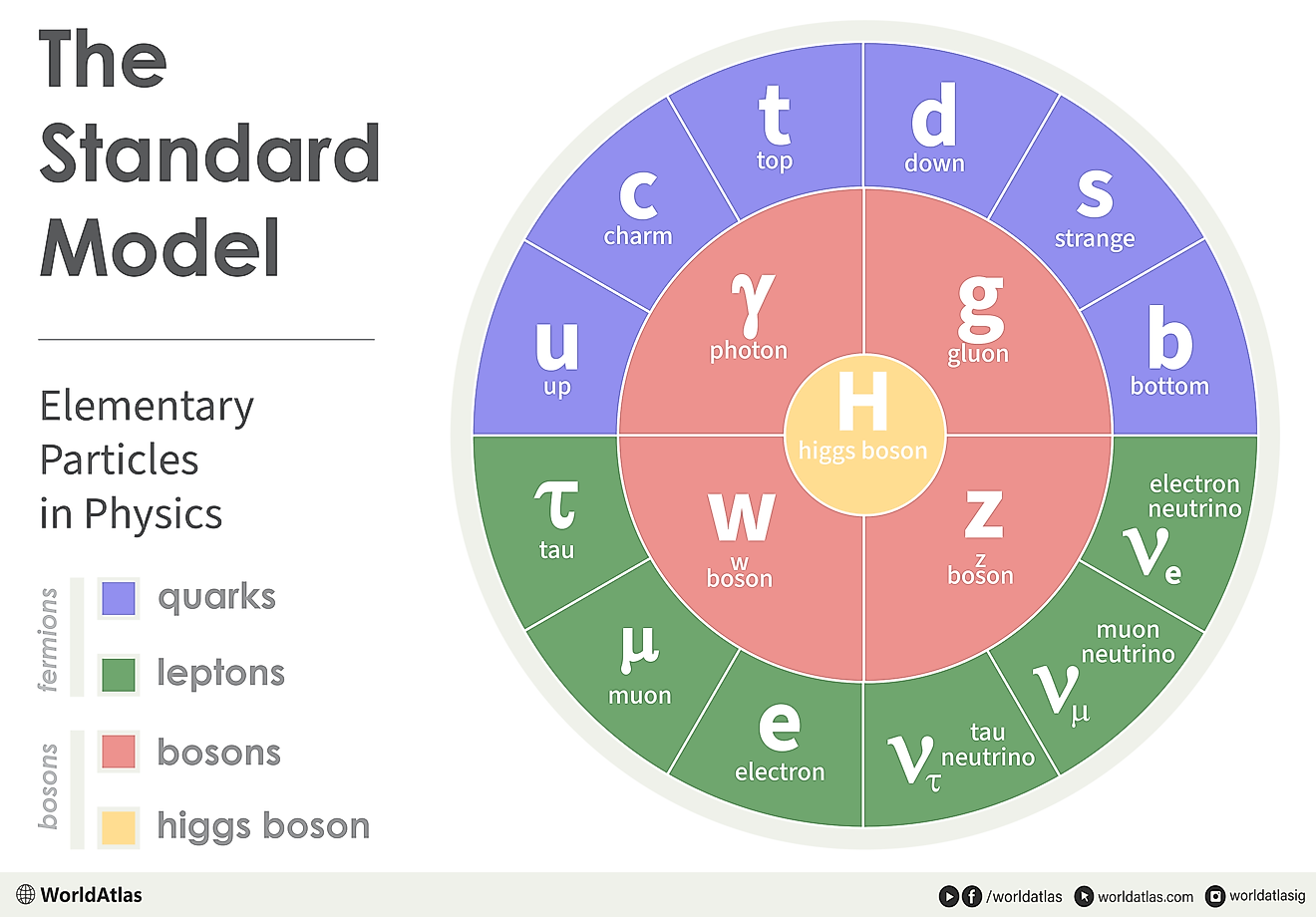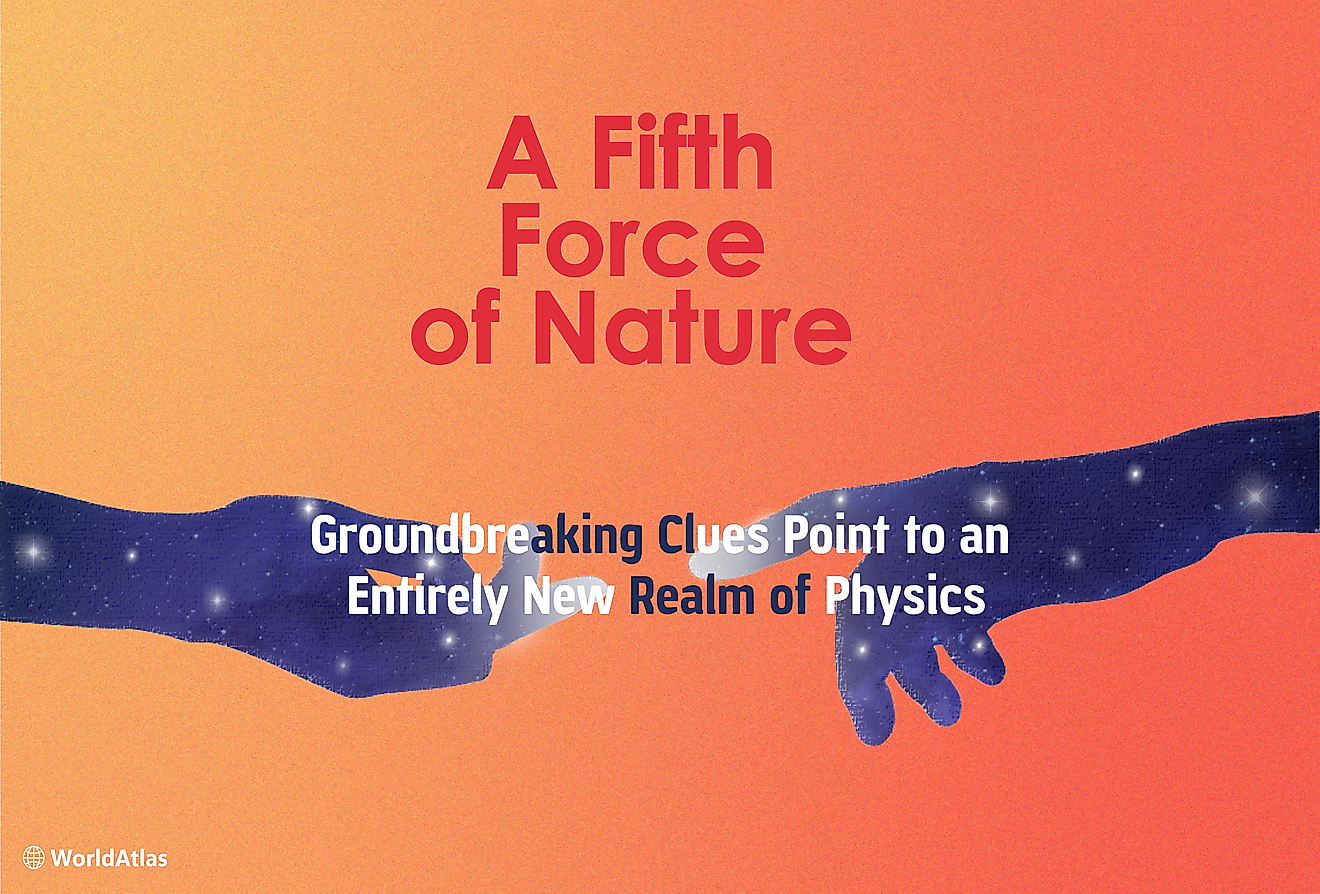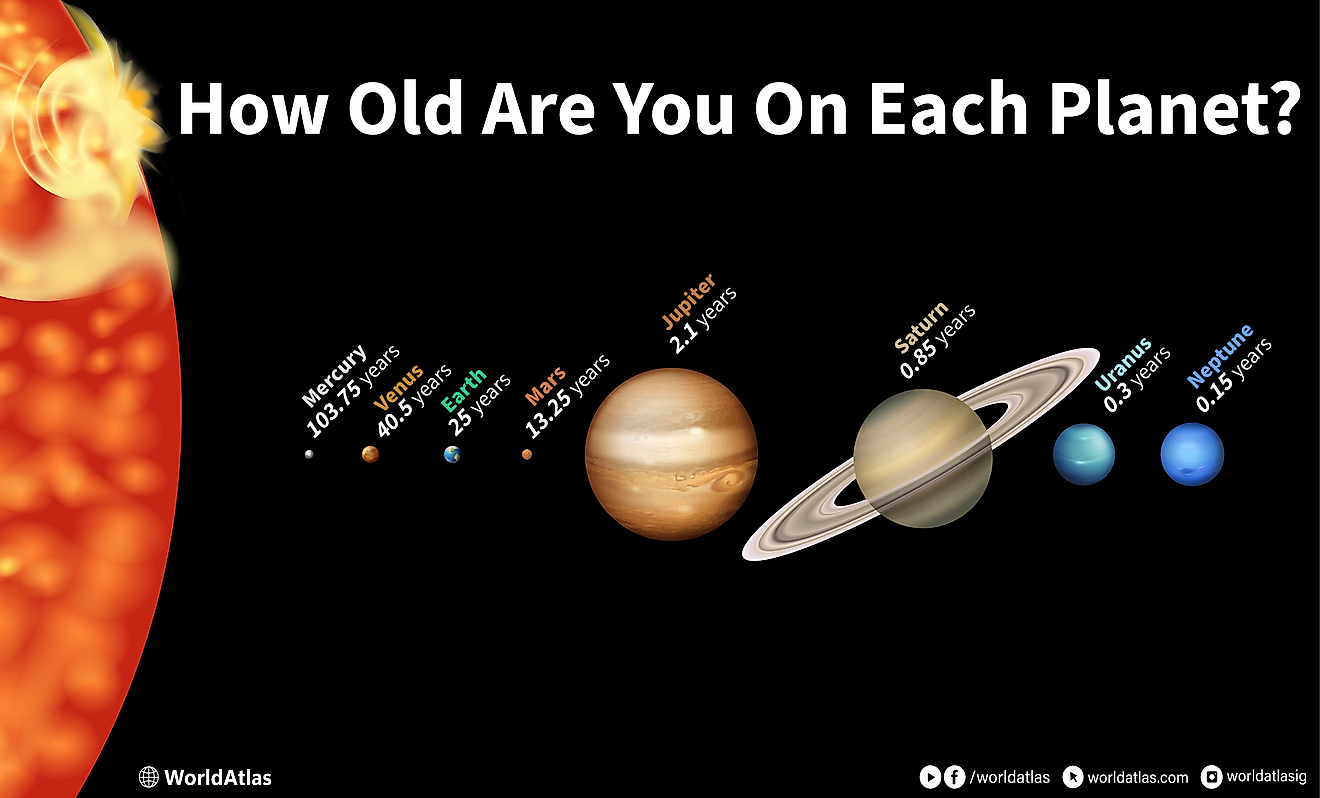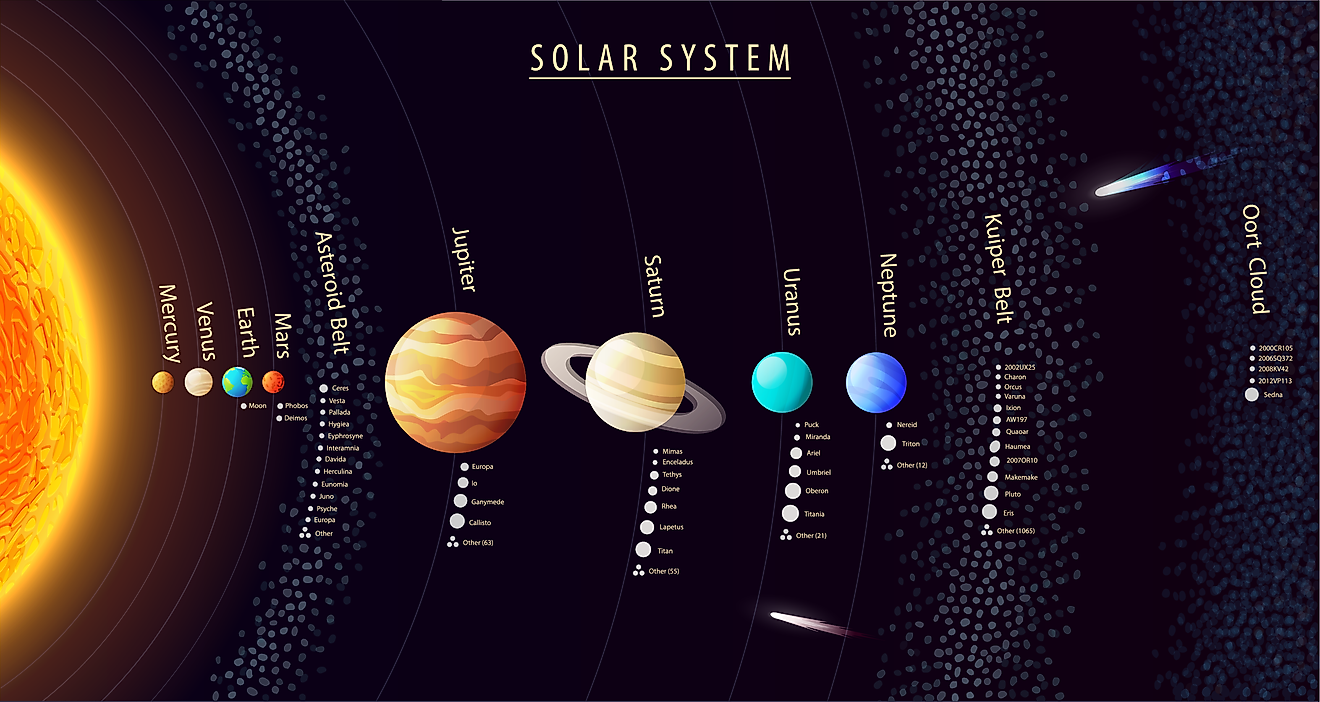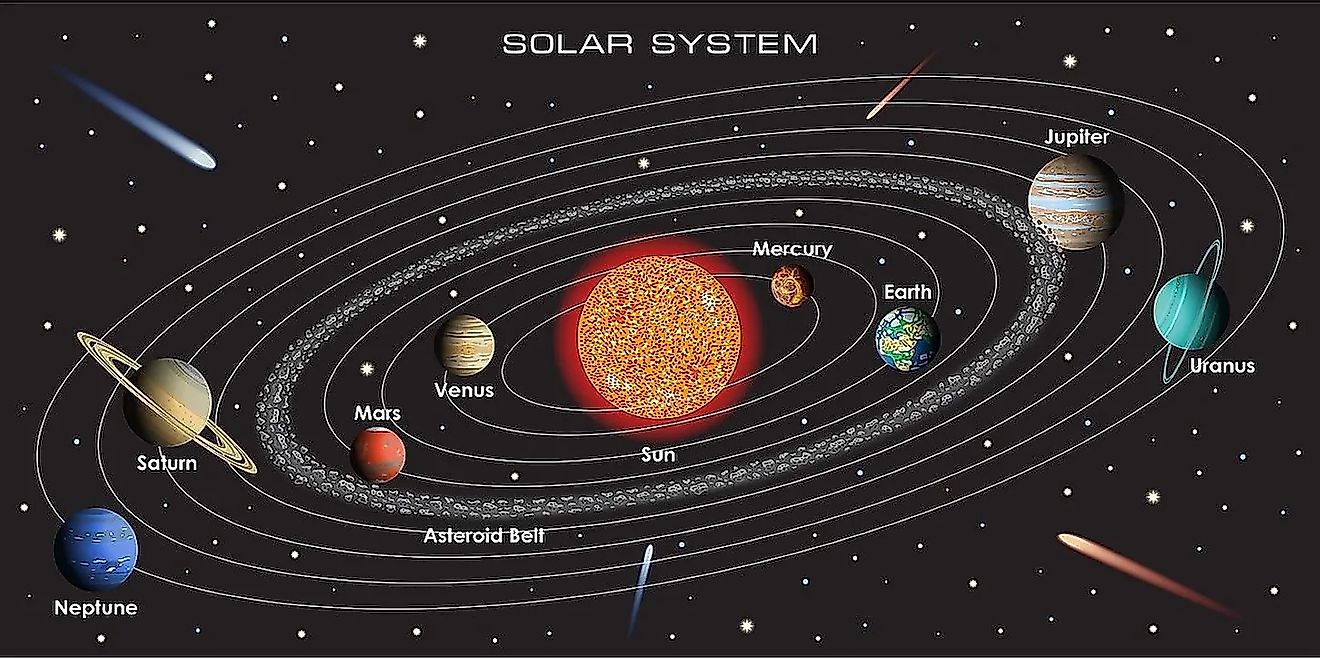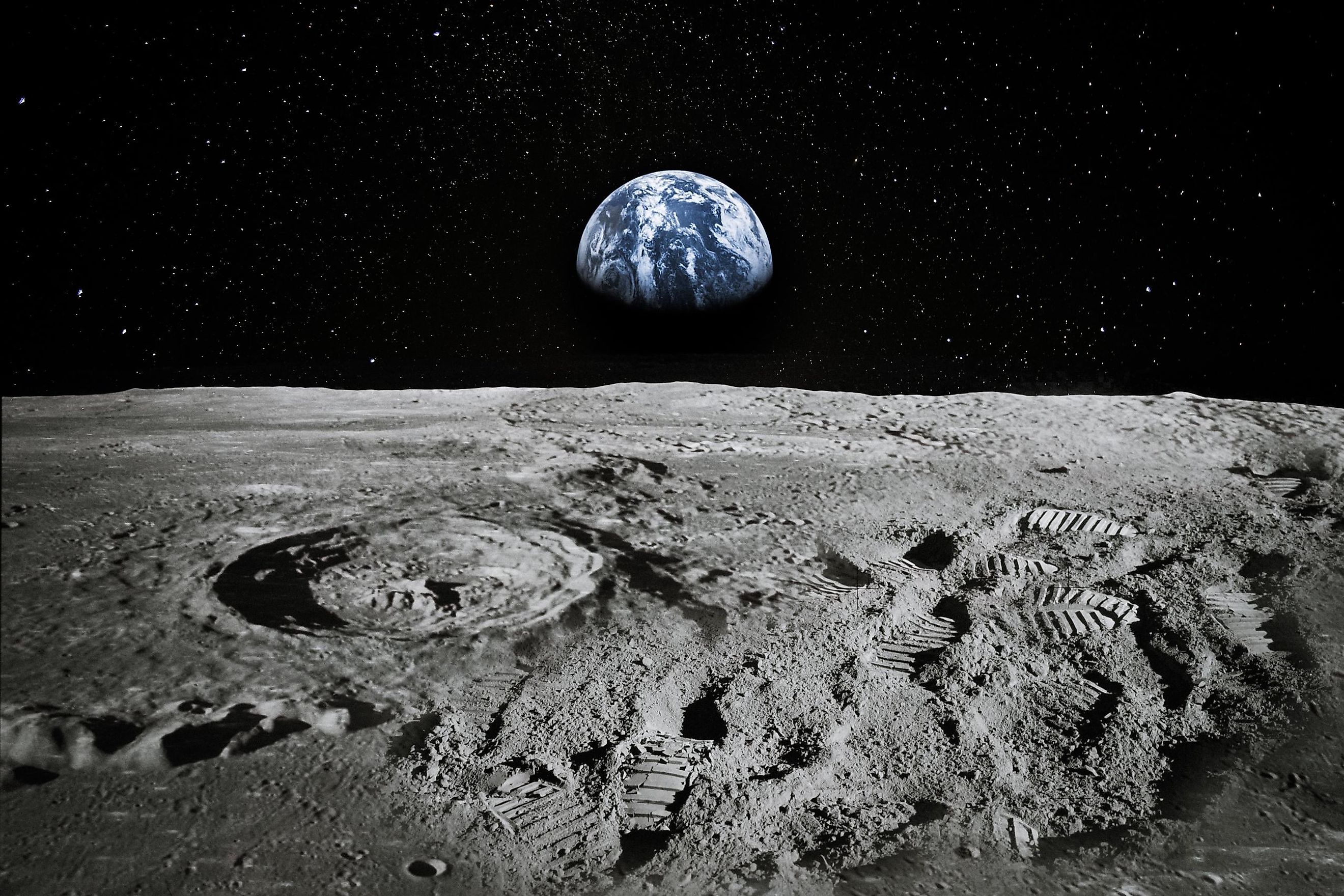
Planets With The Most Moons
Our solar system is home to a multitude of moons. There are currently 214 known and suspected moons. Nearly every planet in the solar system has one or more moons except for Mercury and Venus. Even Pluto and some asteroids have moons. There is definitely no shortage of moons. We are all likely most familiar with the Earth’s moon, yet the Earth is unique in that it has only one moon. Every other planet either has no moons or more than one. Which planets have the most moons?
The Inner Solar System
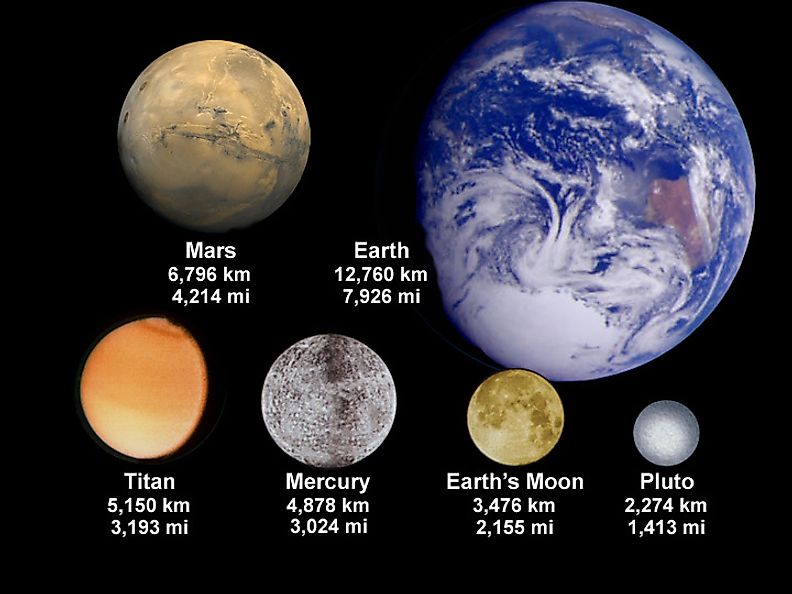
The inner solar system is home to a minimal number of moons. Mercury and Venus do not have any moons, while the Earth only has one. Of the four inner rocky planets, Mars has the most moons (two). Called Phobos and Deimos, the two moons of Mars look rather strange. Neither is massive enough to become spherical, so they are shaped more like potatoes than a typical moon. In fact, Phobos and Deimos have more in common with asteroids than most moons, suggesting that they may have once been asteroids captured by Mars’s gravity.
Jupiter And Saturn

Most of the moons in the solar system orbit the outer gas giants. Jupiter and Saturn combined contain most of the moons in our solar system. Jupiter and Saturn have so many moons that astronomers continue to discover new ones. Interestingly, due to new moons being found around the solar system’s two largest planets, Jupiter and Saturn are constantly racing for which one has the most moons. In terms of confirmed moons, Jupiter and Saturn are tied at 53 moons. When we include moons whose existence is not yet fully confirmed, Saturn has the largest moon system at 83 moons. Combining confirmed and unconfirmed moons, Jupiter has 80 moons. Together, Jupiter and Saturn have 163 moons or about 75% of the total moons in our solar system.
Uranus And Neptune

The remaining 25% of the solar system’s moons are almost entirely found in orbit around Uranus and Neptune. Although the number of moons around Uranus and Neptune is not nearly as large as those around Jupiter and Saturn, the two outermost gas giants still have many moons. Uranus is orbited by 27 moons, while 14 moons orbit Neptune. Since Uranus and Neptune have both been visited only once by a spacecraft (Voyager 2 in the late 1980s), it is entirely possible that both of these planets have more moons that have yet to be discovered.
Dwarf Planets
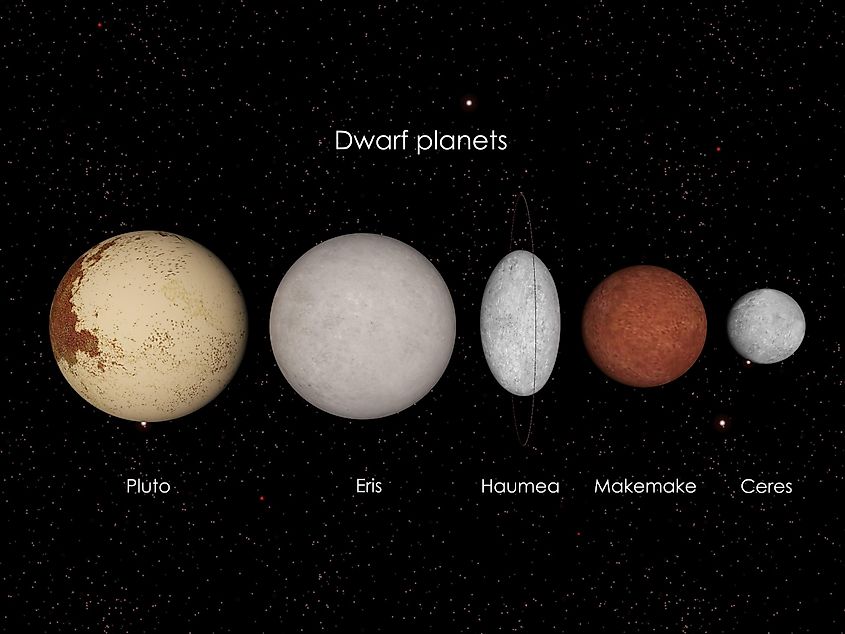
Moons can be found not just around planets but also around dwarf planets. Pluto has the largest system of moons among the dwarf planets. Currently, there are five known moons in orbit around Pluto. It’s unlikely that these moons formed in Pluto’s orbit, and it is far more likely that they are simply asteroids captured by Pluto’s gravity. Interestingly, Pluto’s largest moon, Charon, is so big relative to Pluto that the two objects orbit each other.
Furthermore, Pluto is not the only dwarf planet with its own moons. Eris is another dwarf planet that is slightly more massive than Pluto and has one confirmed moon in its orbit. Haumea is another dwarf planet with two moons, while another, called Makemake, has one.
Planets With The Most Moons Ranked
| Rank | Planet/Dwarf Planet Name | Number of Moons |
|---|---|---|
|
1 |
Saturn |
83 |
|
2 |
Jupiter |
80 |
|
3 |
Uranus |
27 |
|
4 |
Neptune |
14 |
|
5 |
Pluto |
5 |
|
6 |
Mars |
2 |
|
7 |
Haumea |
2 |
|
8 |
Earth |
1 |
|
9 |
Makemake |
1 |
|
10 |
Eris |
1 |
